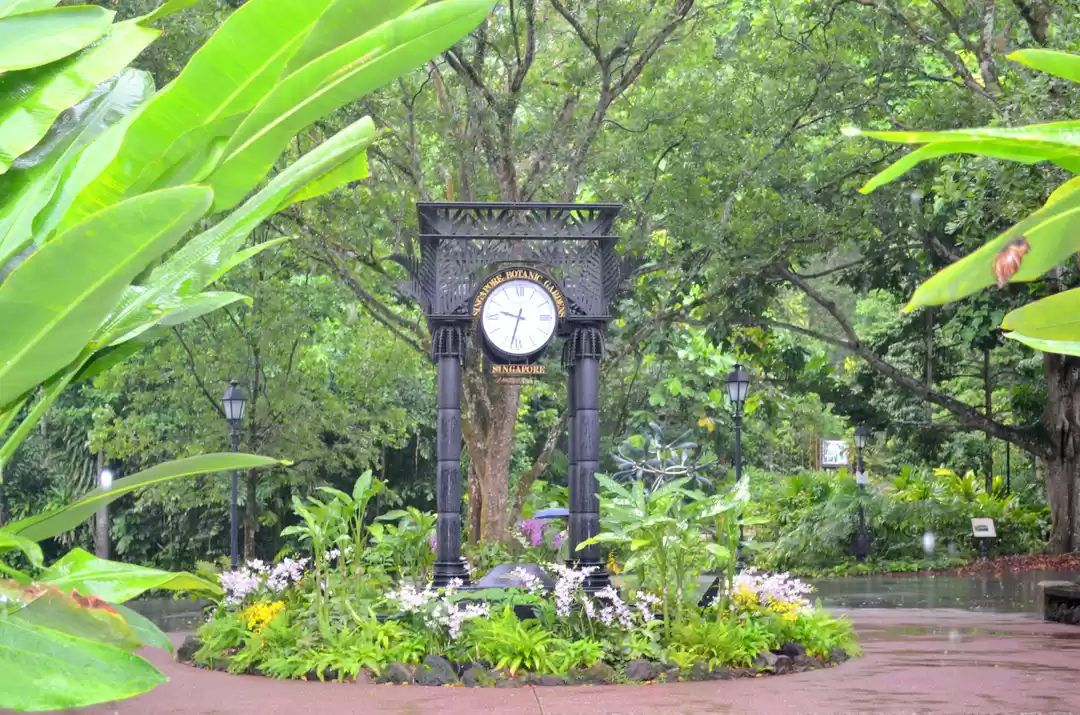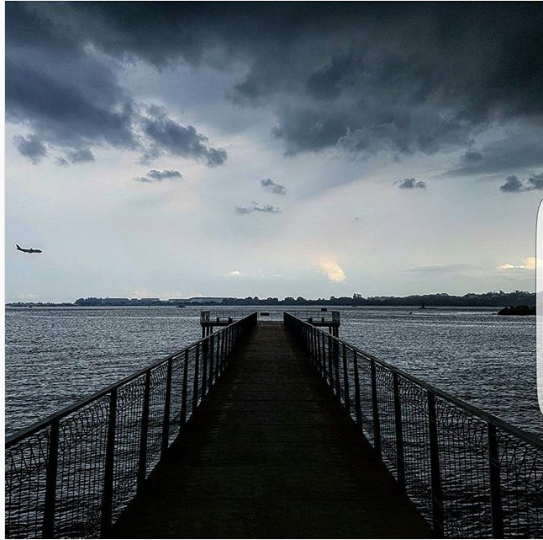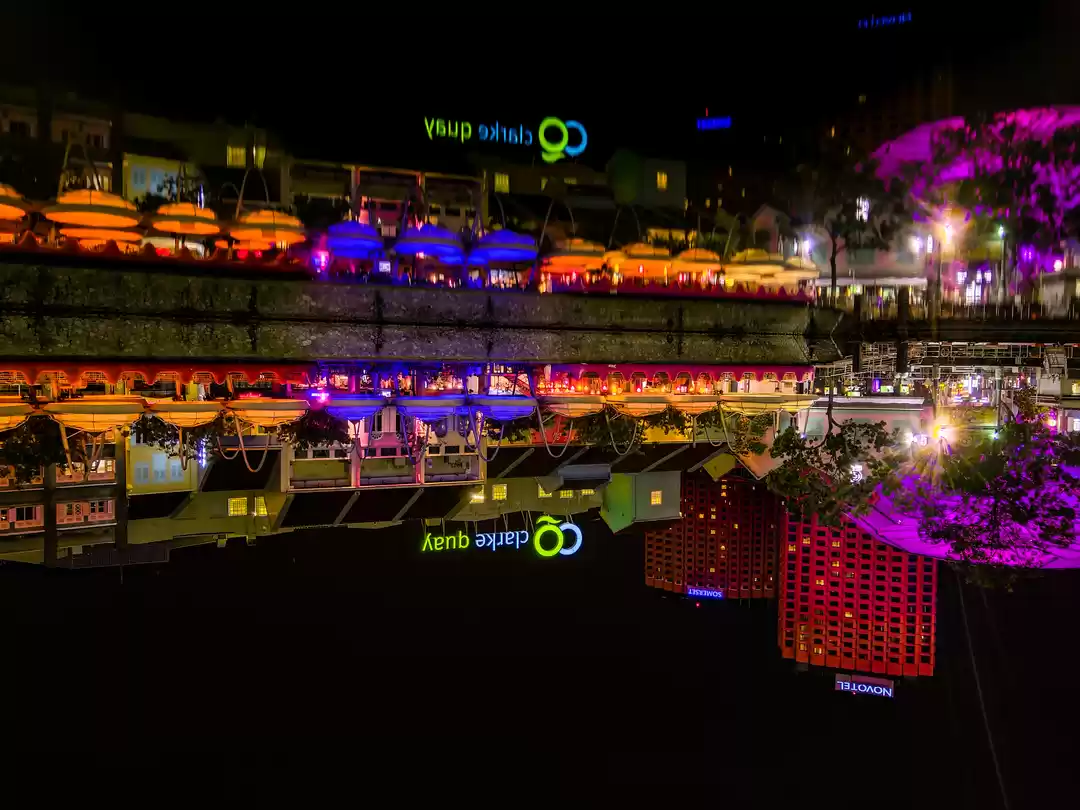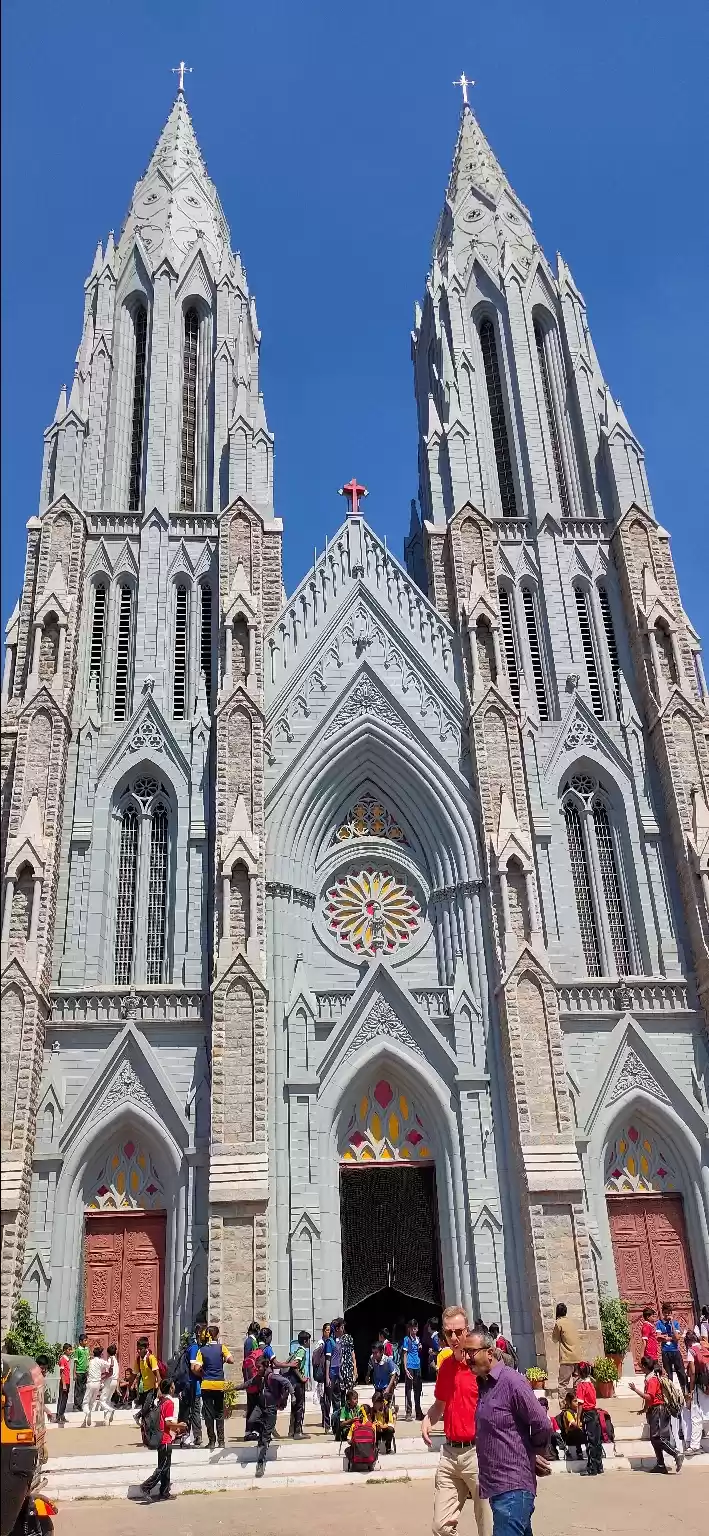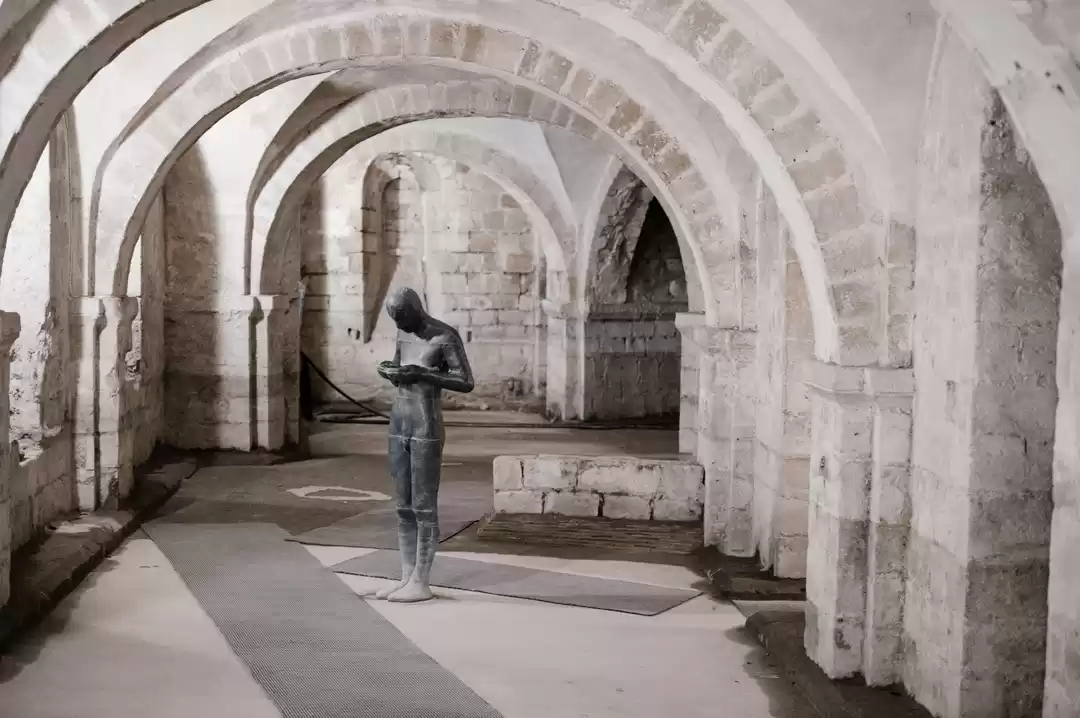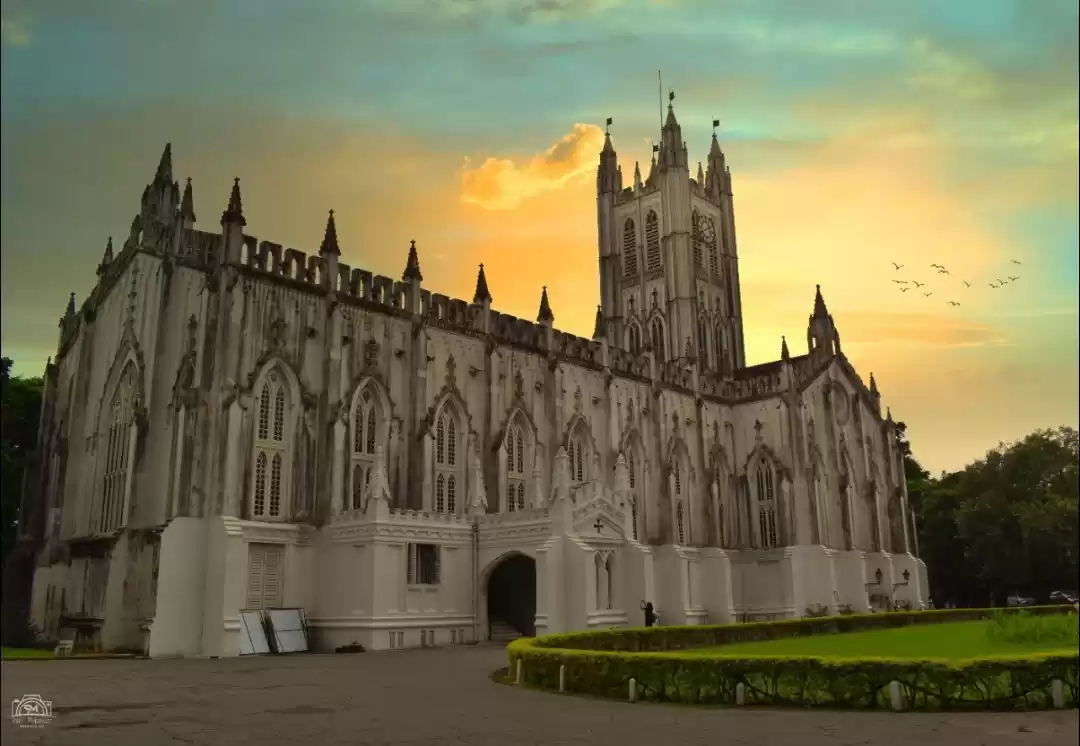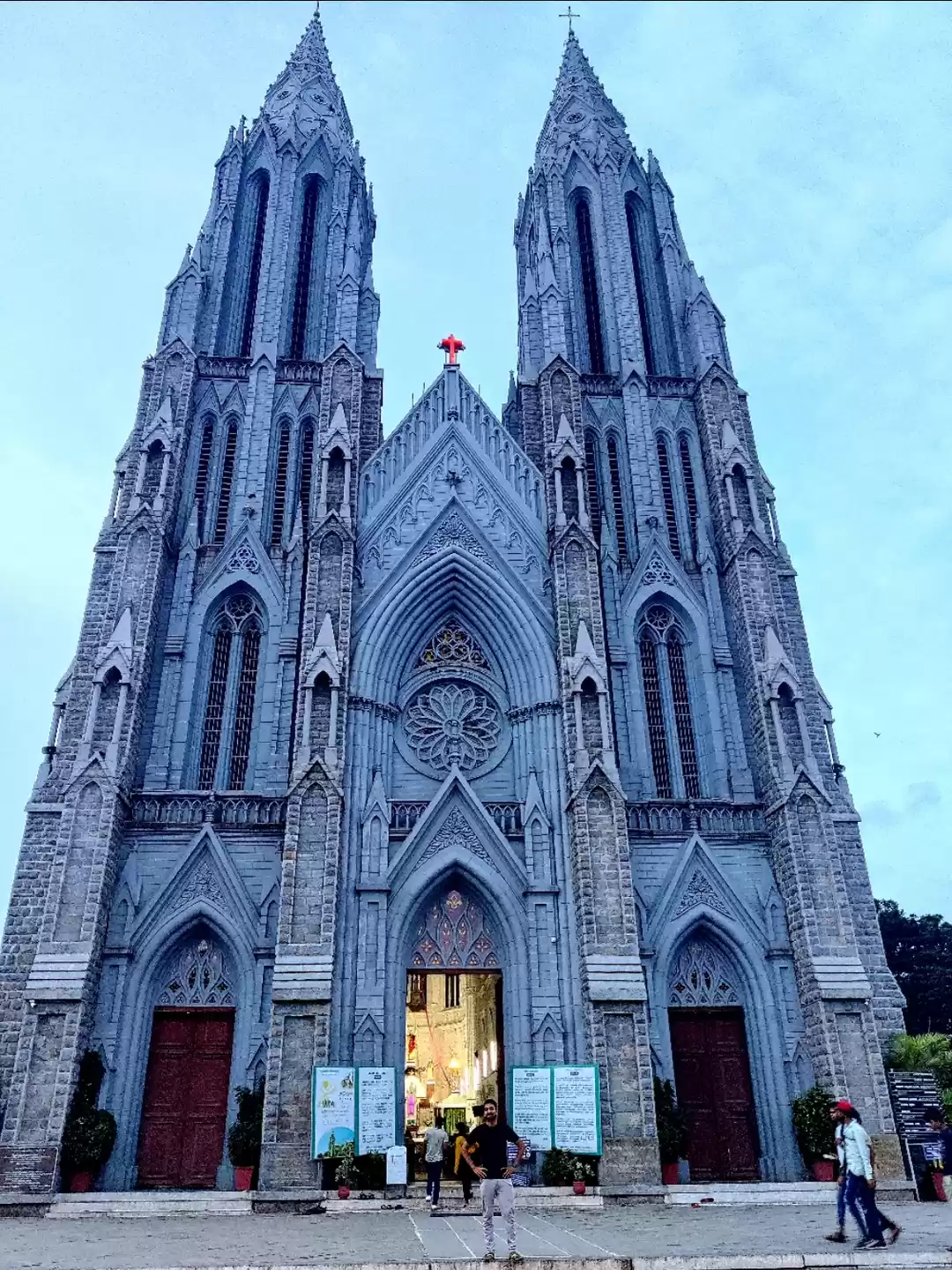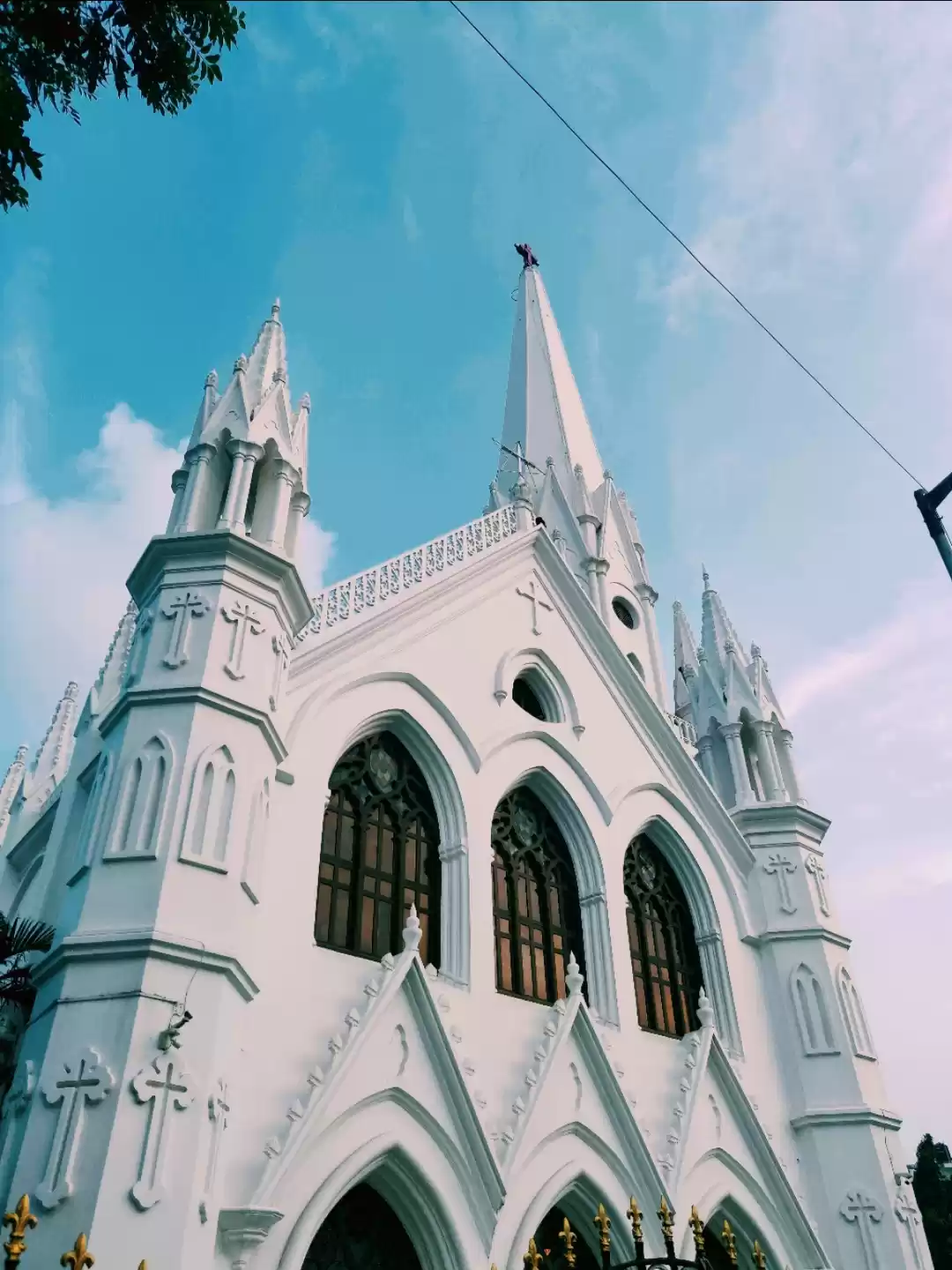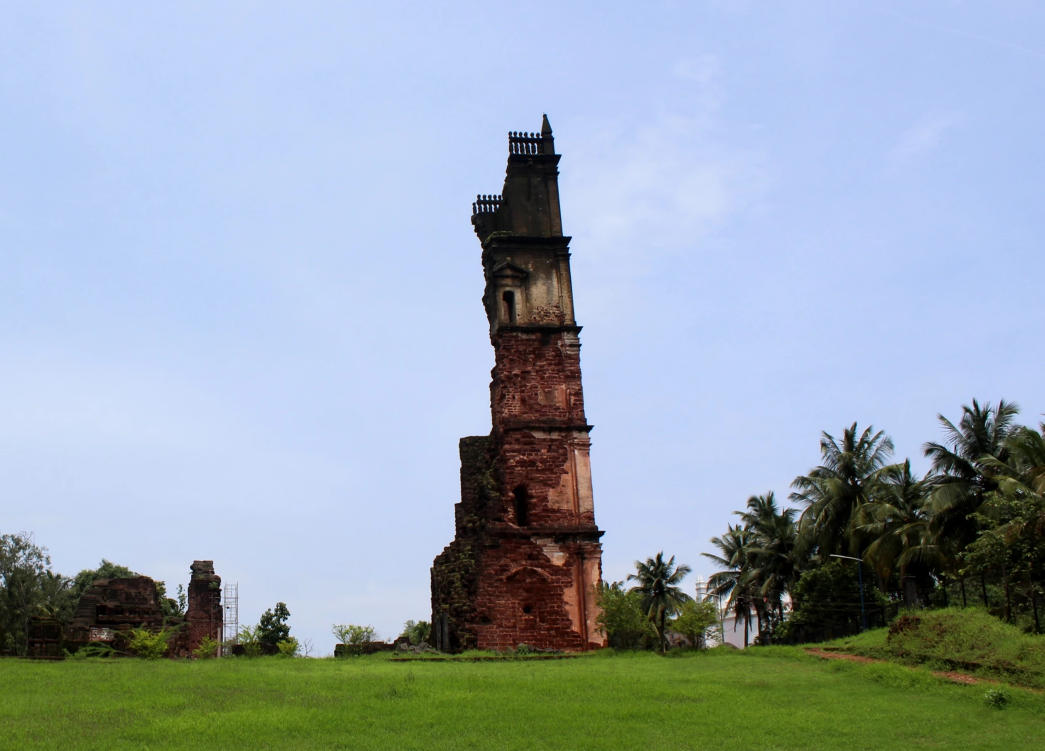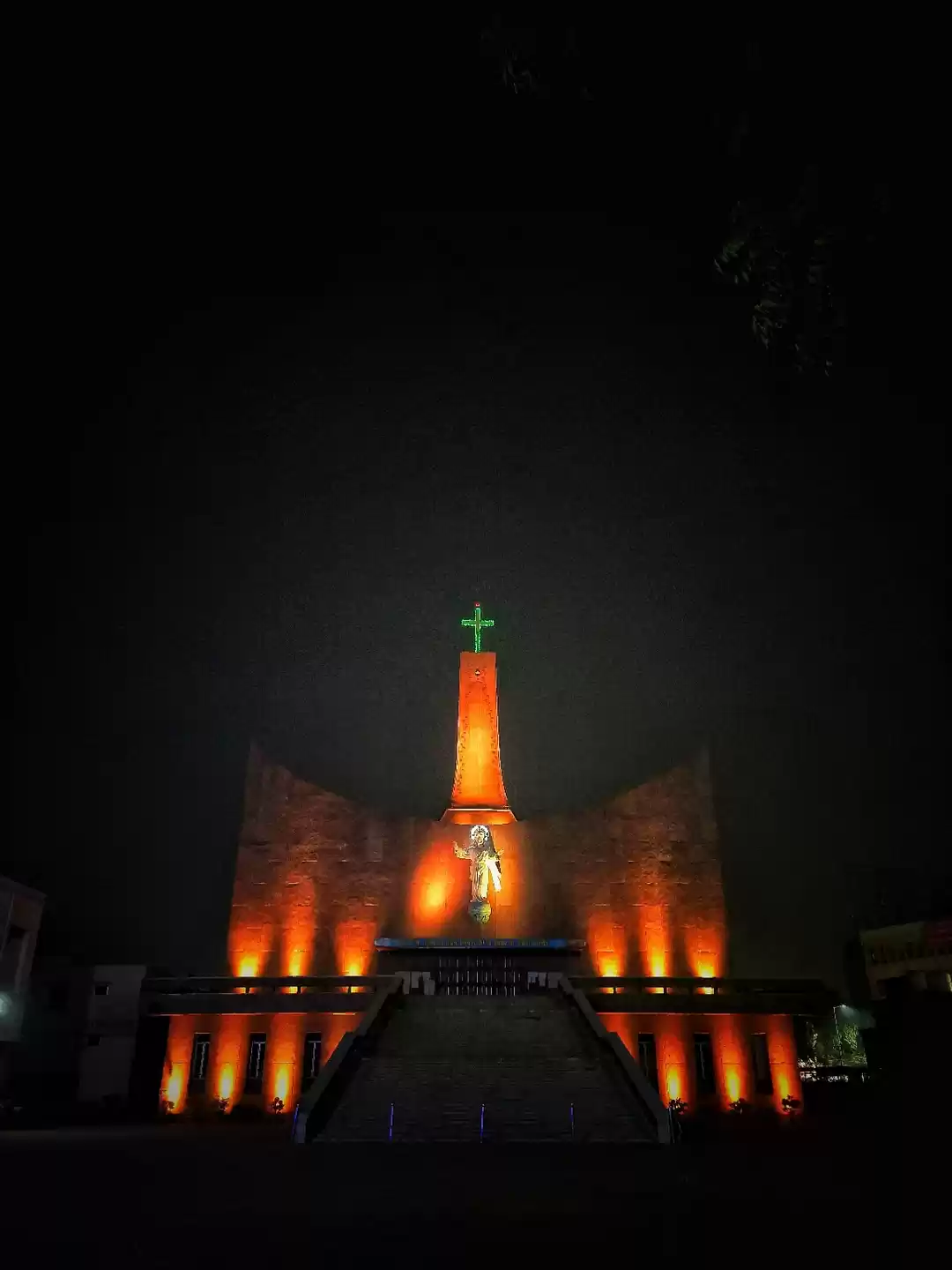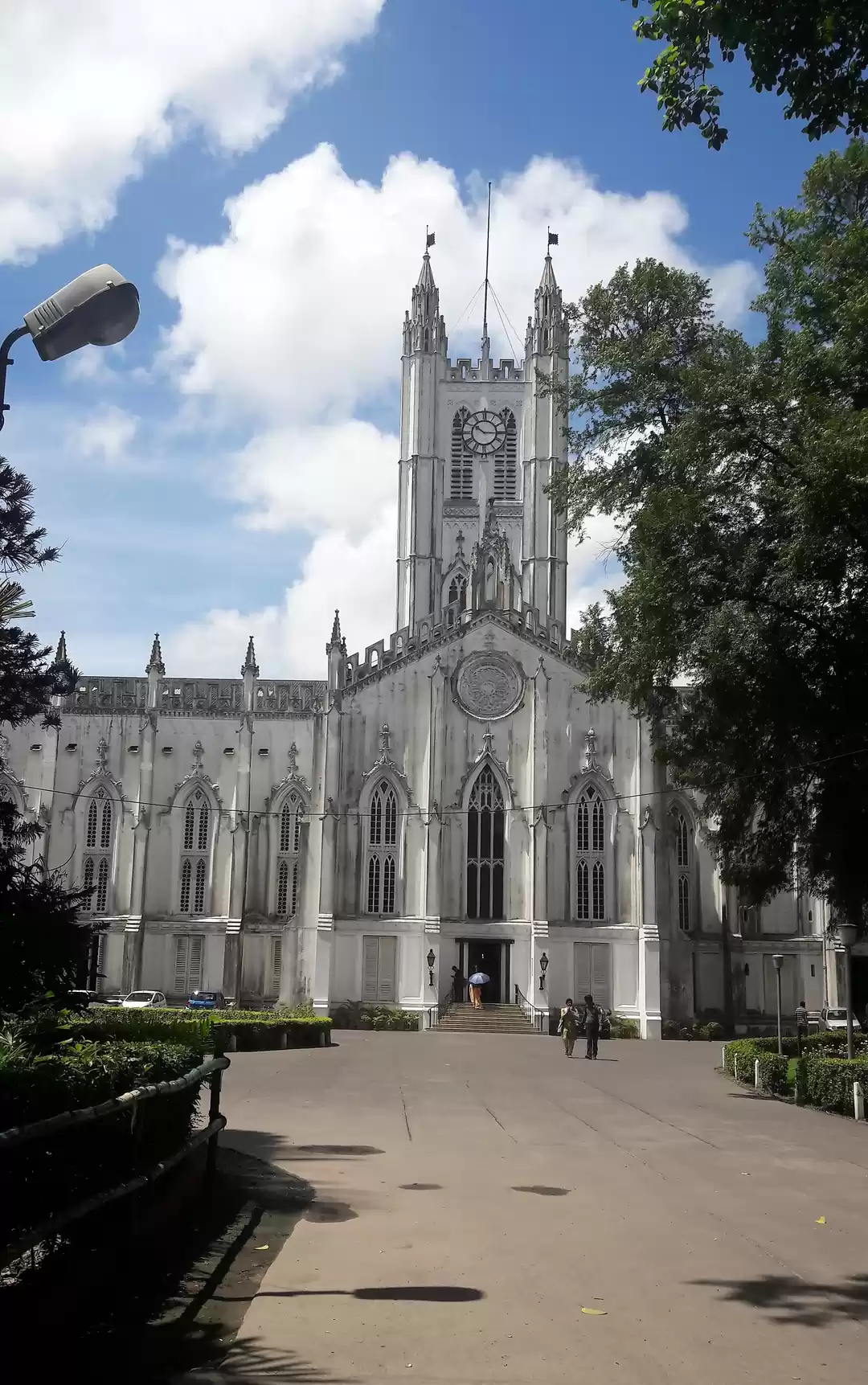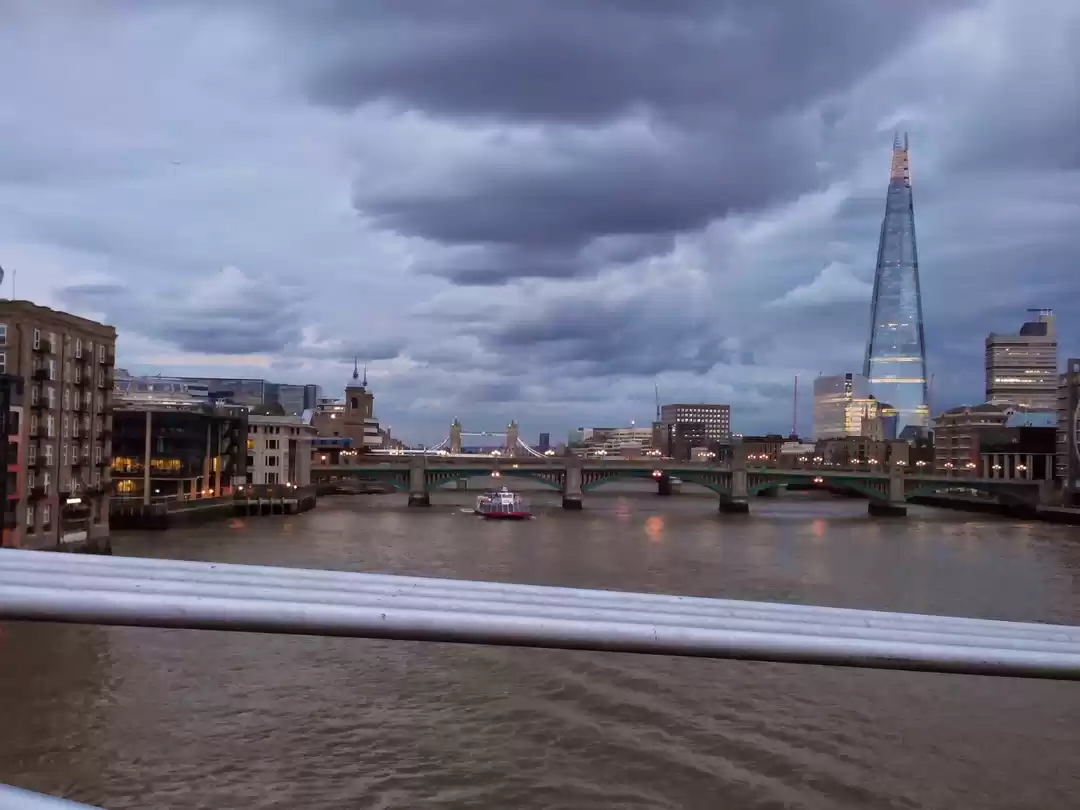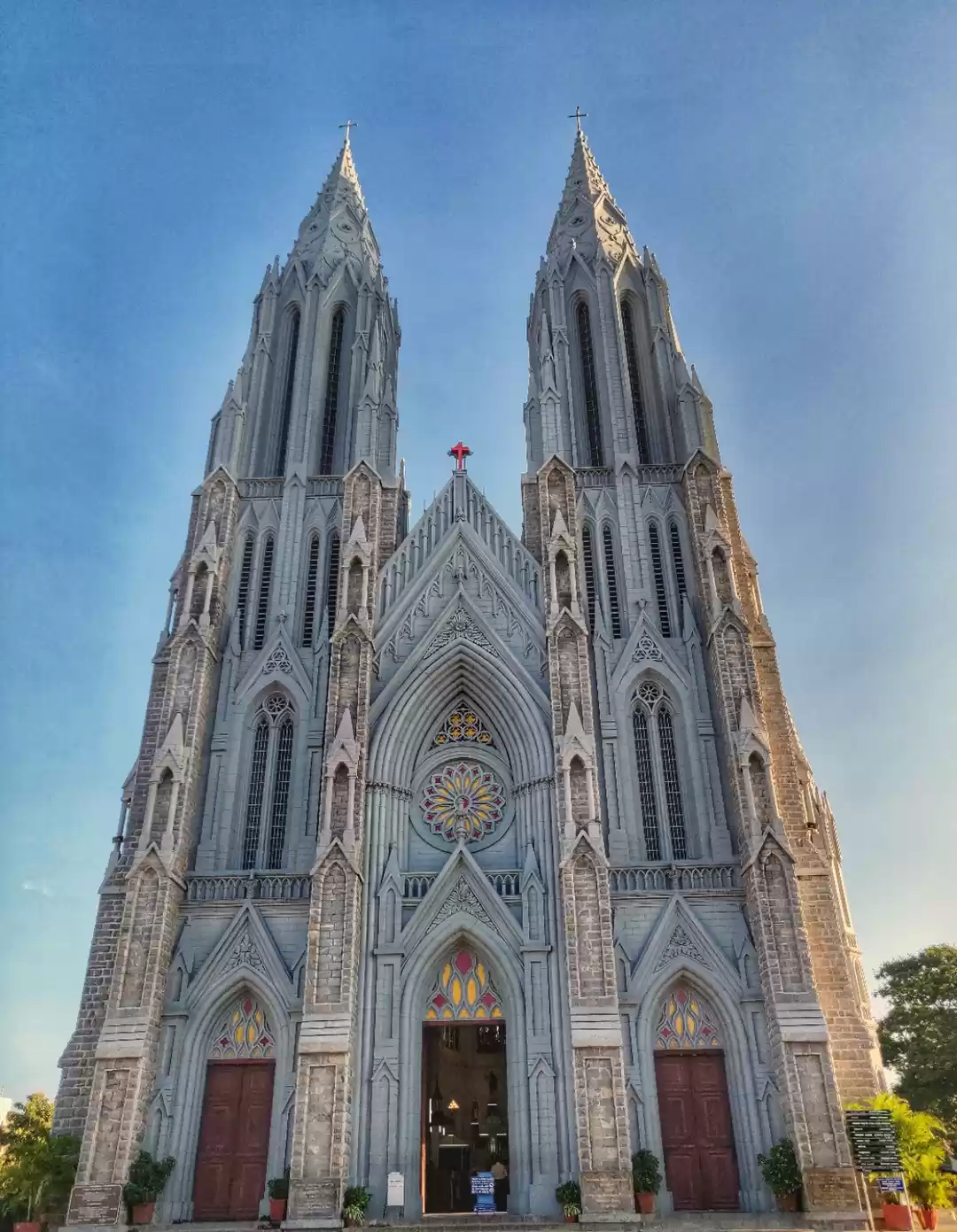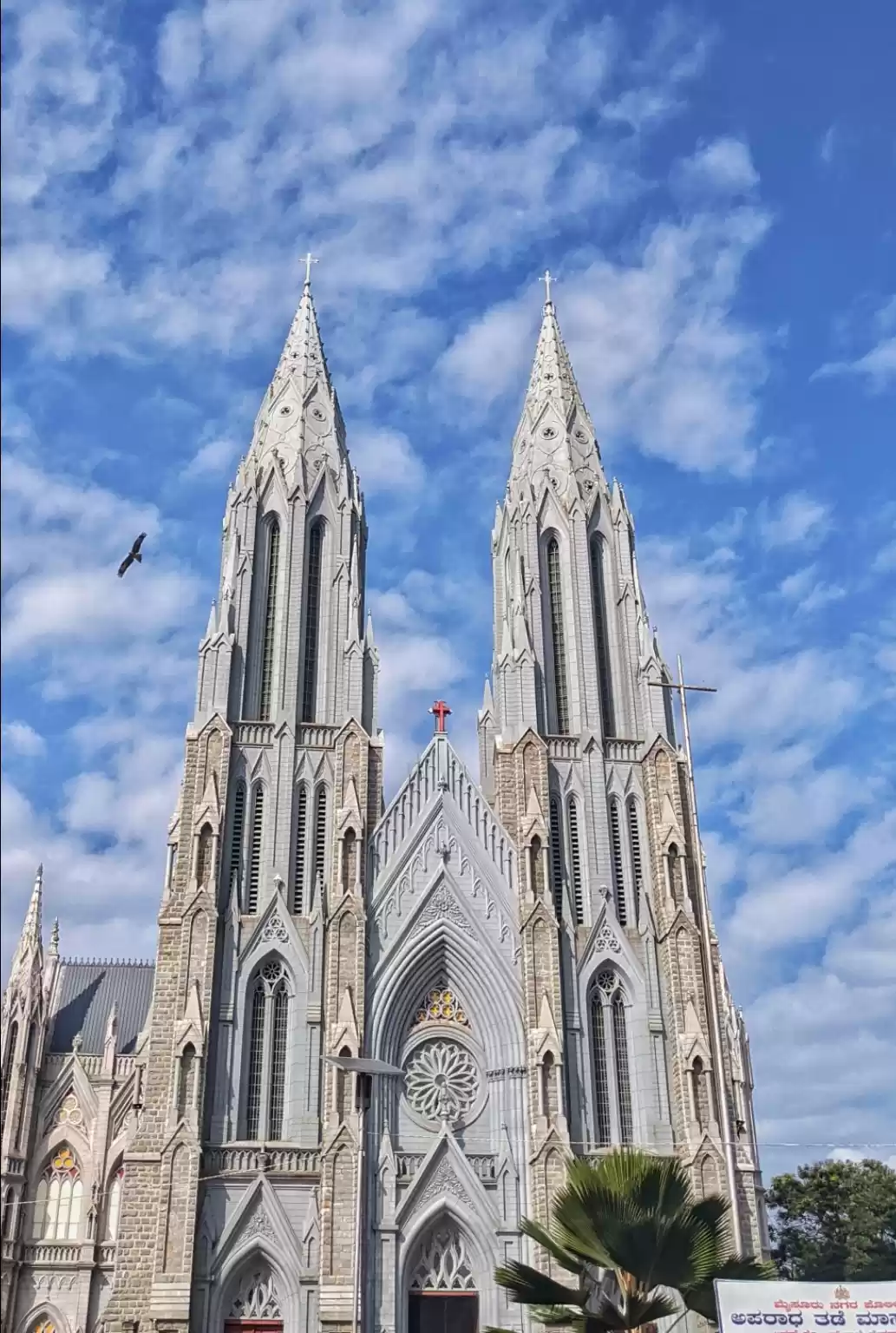St Andrew’s Cathedral is not only the largest and oldest Anglican church in Singapore, but also a stunning architectural landmark that showcases the Gothic Revival style. Whether you are a history buff, a culture lover, or a spiritual seeker, you will find something to admire and appreciate at this national monument. In this article, you will learn about the fascinating history, the impressive design, and the diverse attractions of St Andrew’s Cathedral, and why you should visit it on your next trip to Singapore.
History of St Andrew’s Cathedral
St Andrew’s Cathedral has a long and rich history that spans over two centuries and reflects the changing fortunes of Singapore. The cathedral was built, destroyed, rebuilt, and used during different periods of Singapore’s history, and witnessed many key events and figures that shaped the nation’s destiny.
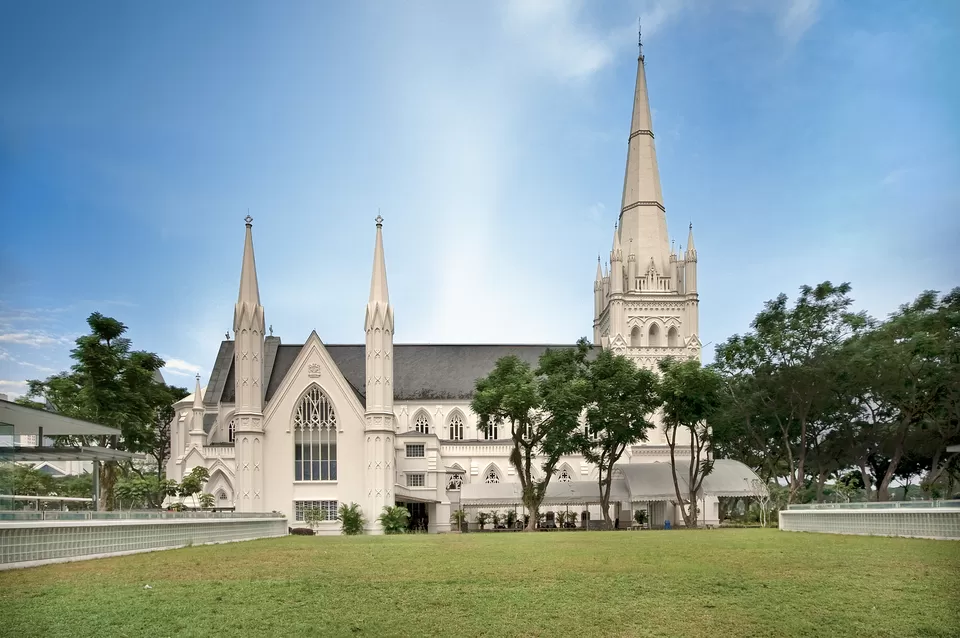
The First Church: A Wooden Structure with a Thatched Roof
The history of St Andrew’s Cathedral dates back to 1819, when Sir Stamford Raffles, the founder of modern Singapore, arrived on the island and established a British settlement. He allocated a plot of land for the construction of an Anglican church, which was completed in 1823. The first church was a simple wooden structure with a thatched roof, and could accommodate about 400 people. The first church service was held on June 18, 1823, and the church was dedicated to St Andrew, the patron saint of Scotland, in honour of Raffles’ Scottish ancestry.
The Second Church: A Brick Building with a Spire
The first church soon proved to be inadequate for the growing congregation and the tropical climate. It was also damaged by termites and storms. In 1834, a decision was made to build a new church on the same site, using brick and plaster. The second church was designed by Lieutenant Philip Jackson, an engineer from the Madras Army, and was modelled after the St George’s Church in Madras, India. The second church had a distinctive spire that rose to 46 metres, and could seat about 600 people. The second church was consecrated on October 26, 1838, by Bishop Daniel Wilson, the first Bishop of Calcutta.
The Third Church: A Gothic Revival Cathedral with Stained Glass Windows
The second church, however, met with a tragic fate. It was struck by lightning twice, in 1845 and 1849, and suffered severe damage. The spire was cracked, the roof was burnt, and the walls were weakened. It was deemed unsafe and irreparable, and had to be demolished. A third church was planned, and this time, a renowned architect from London, Colonel Ronald MacPherson, was commissioned to design it. He chose the Gothic Revival style, which was popular in Europe at the time, and incorporated features such as pointed arches, ribbed vaults, flying buttresses, and stained glass windows. The third church was built with white Indian Madras Chunam, a type of plaster that gave it a smooth and shiny appearance. The third church was completed in 1861, and was elevated to the status of a cathedral in 1870, when the Diocese of Singapore was created. The third church is the same one that stands today, and is the oldest surviving building in the civic district of Singapore.
The Cathedral Today: A National Monument and a Place of Worship
St Andrew’s Cathedral has played an important role in Singapore’s history and society. It served as an emergency hospital during the Japanese occupation in World War II, and hosted the thanksgiving service for Singapore’s independence in 1965. It was gazetted as a national monument in 1973, and underwent several restoration and renovation works over the years. Today, the cathedral is a vibrant and active place of worship, with about 5,000 members and 16 services every week. It is also a popular tourist attraction, drawing visitors from all over the world who are interested in its history, architecture, and culture.
Architecture of St Andrew’s Cathedral
St Andrew’s Cathedral is a masterpiece of Gothic Revival architecture, which is a style that originated in Europe in the 18th and 19th centuries, and was inspired by the medieval Gothic architecture. The cathedral showcases the Gothic Revival style in its walls, spire, windows, and embellishments, and creates a striking contrast with the modern skyscrapers that surround it.
The Exterior: A White and Majestic Façade
The exterior of the cathedral is a white and majestic façade that dominates the skyline of the civic district. The cathedral has a cruciform plan, which means that it has a shape of a cross, with a long nave and two transepts. The nave is the main body of the church, where the congregation sits, and the transepts are the arms of the cross, where the chapels and the organ are located. The nave and the transepts are topped by pitched roofs, which are sloping roofs that meet at a ridge. The roofs are covered with red clay tiles, which add a touch of colour to the white walls.

The most prominent feature of the exterior is the spire, which is a tall and slender tower that rises from the west end of the nave. The spire is 68 metres high, and is the highest point of the cathedral. It is octagonal in shape, and has eight pinnacles, which are small spires that project from the corners. The spire also has four clock faces, one on each side, which were installed in 1889. The spire is a symbol of the cathedral’s identity and visibility, and can be seen from afar.
The exterior of the cathedral is also decorated with various Gothic elements, such as buttresses, finials, crockets, and gargoyles. Buttresses are vertical supports that reinforce the walls and counteract the outward thrust of the vaults. Finials are decorative ornaments that crown the pinnacles and the gables, which are the triangular sections of the walls under the roofs. Crockets are curved projections that adorn the edges of the spire and the pinnacles. Gargoyles are carved figures of animals or humans that serve as water spouts, and are believed to ward off evil spirits.
The Interior: A Spacious and Bright Nave
The interior of the cathedral is a spacious and bright nave that creates a sense of awe and reverence. The nave is 56 metres long, 18 metres wide, and 16 metres high, and can accommodate about 1,800 people. The nave is divided into five bays, which are sections of the nave separated by arches. The arches are pointed, which is a characteristic of Gothic architecture, and are supported by columns. The columns are made of cast iron, which was a new and innovative material at the time, and are painted to resemble stone. The columns have Corinthian capitals, which are the tops of the columns that have ornate carvings of leaves and scrolls.

The ceiling of the nave is a ribbed vault, which is a type of ceiling that has arched ribs that intersect to form a pattern. The ribs are made of wood, and are painted blue with gold stars. The ceiling also has bosses, which are knobs that cover the joints of the ribs. The bosses are carved with various motifs, such as flowers, fruits, animals, and angels.
The floor of the nave is made of marble, and has a black and white checkerboard pattern. The floor also has brass plates, which mark the graves of some of the prominent figures in the cathedral’s history, such as Bishop John Colenso, the first Bishop of Natal, who died in 1883, and Sir John Crawfurd, the second British Resident of Singapore, who died in 1868.
The walls of the nave are adorned with stained glass windows, which are windows that have coloured glass pieces arranged in a design. The stained glass windows depict scenes from the Bible, such as the Creation, the Nativity, the Crucifixion, and the Resurrection. The stained glass windows also have inscriptions, which commemorate the donors or the dedicatees of the windows. The stained glass windows were imported from England, and were installed between 1886 and 1904.
The Windows: A Colourful and Meaningful Display
The windows of the cathedral are one of its most beautiful and distinctive features. The cathedral has 34 stained glass windows, which are the largest collection of stained glass windows in Singapore. The stained glass windows are not only decorative, but also meaningful, as they convey the message of the gospel and the history of the church.

The most prominent stained glass window is the West Window, which is the window above the main entrance of the cathedral. The West Window is also known as the Risen Christ Window, as it depicts the risen Christ in the centre, surrounded by angels and saints. The West Window was donated by the family of Sir Charles Warren, a British general and archaeologist, who was the president of the Palestine Exploration Fund, and who had a special interest in the Holy Land. The West Window was installed in 1904, and is the last stained glass window to be added to the cathedral.
The other stained glass windows are located along the nave, the transepts, and the chancel, which is the area around the altar. The windows along the nave depict scenes from the Old Testament, such as the Creation, the Fall, the Flood, the Exodus, and the Ten Commandments. The windows along the transepts depict scenes from the New Testament, such as the Nativity, the Baptism, the Transfiguration, the Last Supper, the Crucifixion, and the Resurrection. The windows along the chancel depict the symbols and the figures of the Anglican Church, such as the Lamb of God, the Dove of the Holy Spirit, the Apostles, and the Bishops.
Each stained glass window has a unique design and colour scheme, and some of them have intricate details and patterns. The stained glass windows also have inscriptions, which commemorate the donors or the dedicatees of the windows. Some of the windows are dedicated to the memory of the early missionaries, the clergy, the soldiers, and the civilians who contributed to the church and the nation.
The stained glass windows are best viewed during the day, when the natural light illuminates them and creates a dazzling effect. The stained glass windows are also lit up at night, creating a different but equally stunning effect.
The Memorials: A Tribute and a Reminder
The cathedral is also home to various memorials, which are monuments or plaques that honour the people or the events that are significant to the church and the nation. The memorials are located inside and outside the cathedral, and serve as a tribute and a reminder of the past.
One of the most notable memorials is the Memorial Cross, which is a large metal cross that stands outside the cathedral, near the main entrance. The Memorial Cross was erected in 1922, and is dedicated to the memory of the soldiers who died in World War I. The Memorial Cross has the names of the fallen soldiers engraved on its base, and has the words “Their Name Liveth For Evermore” inscribed on its front.
Another memorial is the Revere Bell, which is a bronze bell that hangs in the belfry of the cathedral. The Revere Bell was cast in 1843, by Paul Revere Jr., the son of the famous American patriot Paul Revere, who was also a bell maker. The Revere Bell was originally intended for a church in Boston, but was diverted to Singapore due to a shipping error. The Revere Bell is the oldest bell in Singapore, and is rung every Sunday and on special occasions.
Other memorials include the Baptismal Font, which is a stone basin that holds the water for baptism, and is the oldest piece of furniture in the cathedral, dating back to 1856; the Marble Lectern, which is a stone stand that holds the Bible for reading, and is carved with the symbols of the four evangelists, Matthew, Mark, Luke, and John; and the Plaques, which are metal or stone plates that are fixed on the walls, and bear the names and the dates of the bishops, the deans, the canons, and the benefactors of the cathedral.
The memorials are a testimony of the faith, the courage, and the generosity of the people who have been part of the cathedral’s history, and inspire the present and the future generations to follow their example.
Attractions of St Andrew’s Cathedral
St Andrew’s Cathedral is not only a place of worship, but also a place of attraction, where visitors can enjoy various activities and experiences that enrich their knowledge and appreciation of the cathedral. The cathedral offers free guided tours, a visitor’s centre, services, and events, that cater to different interests and needs.
Guided Tours: A Free and Informative Way to Explore the Cathedral
The guided tours are a free and informative way to explore the cathedral, and learn more about its history, architecture, and culture. The guided tours are conducted by trained and friendly volunteers, who share their insights and stories about the cathedral. The guided tours cover the exterior and the interior of the cathedral, and highlight the features and the facts that are not easily noticed or known by the casual visitor.
The guided tours are available every day, except on Sundays and public holidays, and last for about 45 minutes. The guided tours start from the Visitor’s Centre, which is located at the south transept of the cathedral. The guided tours are open to individuals and groups, and no prior booking is required. However, groups of more than 10 people are advised to contact the cathedral in advance, to ensure the availability of the guides.
The guided tours are a great way to discover the secrets and the stories of the cathedral, and to interact with the guides and the other visitors. The guided tours are also suitable for children, as they are fun and engaging, and include quizzes and games.
Visitor’s Centre: A One-Stop Shop for Souvenirs, Books, and Snacks
The Visitor’s Centre is a one-stop shop for souvenirs, books, and snacks, where visitors can find something to remember or to enjoy their visit to the cathedral. The Visitor’s Centre is located at the south transept of the cathedral, and is open from Monday to Saturday, from 9 am to 5 pm.
The Visitor’s Centre sells a variety of souvenirs, such as postcards, magnets, bookmarks, keychains, and mugs, that feature the images or the motifs of the cathedral. The Visitor’s Centre also sells books, such as guidebooks, history books, and devotional books, that provide more information or inspiration about the cathedral and the Christian faith. The Visitor’s Centre also sells snacks, such as cookies, cakes, and drinks, that are freshly baked or brewed by the cathedral staff or volunteers, and are delicious and affordable.
The Visitor’s Centre is a convenient and pleasant place to shop, read, or relax, and to support the cathedral’s ministry and mission. The Visitor’s Centre also has a friendly and helpful staff, who can answer any questions or provide any assistance that the visitors may need.
Services: A Chance to Experience the Anglican Worship and Music
The services are a chance to experience the Anglican worship and music, and to join the cathedral community in praising and praying to God. The services are held every day, except on Mondays, and vary in style, language, and duration, to cater to different preferences and needs.
The services follow the Anglican liturgy, which is a set of prayers and rituals that are based on the Bible and the tradition of the church. The services also include the singing of hymns, psalms, and anthems, which are accompanied by the organ, the choir, or the band. The services also include the preaching of the sermon, which is a message that explains and applies the Bible to the daily life. The services also include the celebration of the sacraments, which are the visible signs of God’s grace, such as baptism and communion.
The services are open to everyone, regardless of their background or belief, and are a way to worship God, to learn from His word, and to fellowship with His people. The services are also a way to experience the beauty and the diversity of the Anglican worship and music, and to appreciate the heritage and the culture of the cathedral.
Events: A Variety of Cultural, Social, and Educational Programs
The events are a variety of cultural, social, and educational programs, that are organized by the cathedral or its partners, and that aim to enrich the visitors’ knowledge and appreciation of the cathedral and its surroundings. The events include concerts, exhibitions, talks, workshops, and festivals, that cover various topics and themes, such as history, architecture, art, music, literature, and spirituality.
The events are held throughout the year, and are open to the public, either for free or for a nominal fee. The events are held at different venues within or near the cathedral, such as the nave, the chapel, the hall, or the lawn. The events are conducted by experts, artists, or speakers, who share their skills, talents, or insights with the audience. The events are also interactive, engaging, and entertaining, and invite the participation and the feedback of the audience.
The events are a way to learn something new, to enjoy something different, or to celebrate something special, and to connect with the cathedral and its community. The events are also a way to discover the hidden gems and the treasures of the cathedral and its surroundings, and to appreciate the richness and the diversity of the civic district.
St Andrew’s Cathedral is a Gothic masterpiece in the heart of Singapore, that offers a unique and memorable experience for its visitors. The cathedral is a place where history, architecture, and culture come together, and where worship, education, and entertainment are available.
The cathedral is a place where you can admire its beauty, learn its story, and join its community.





